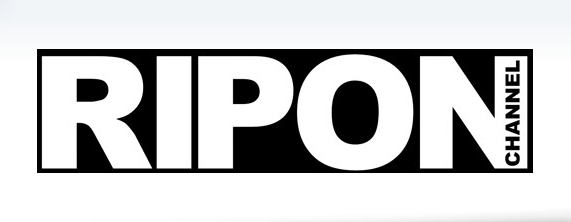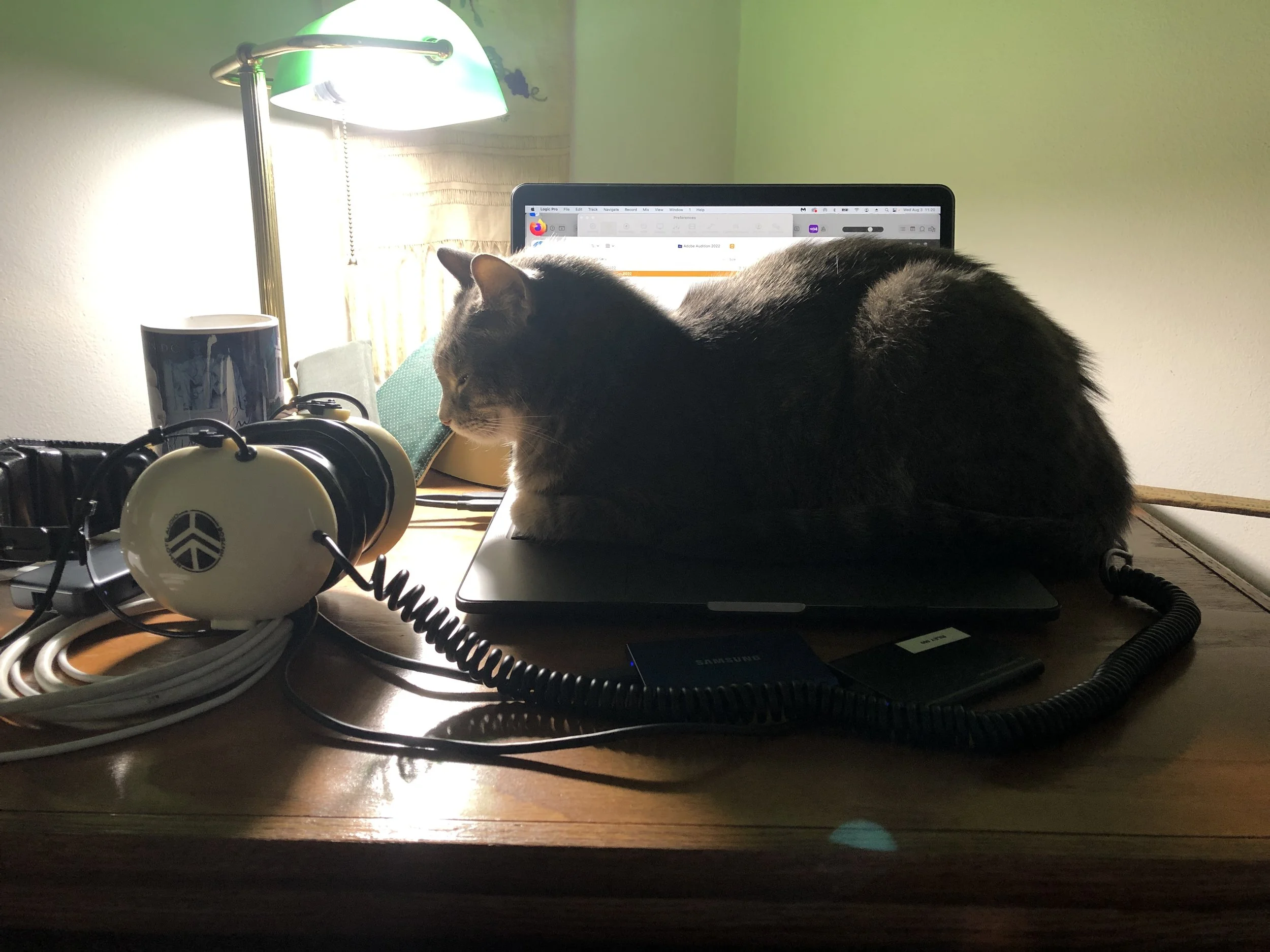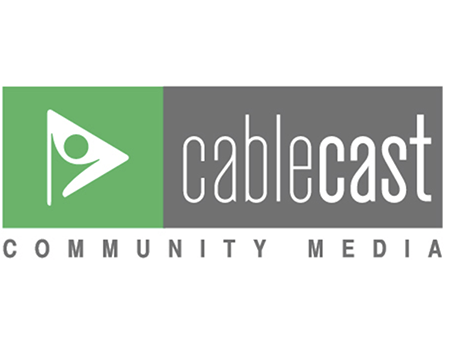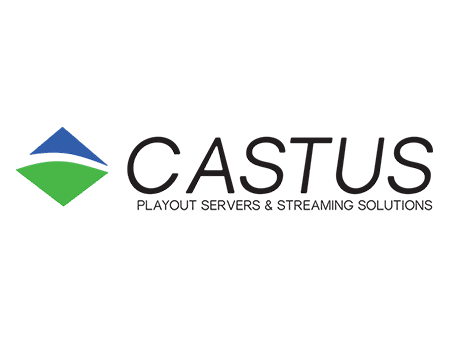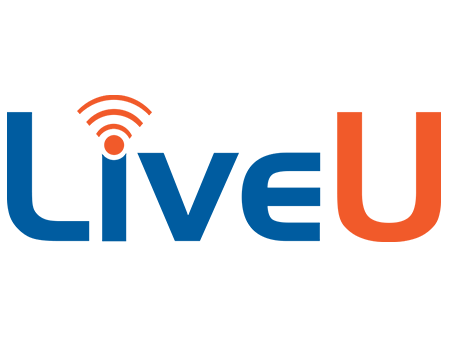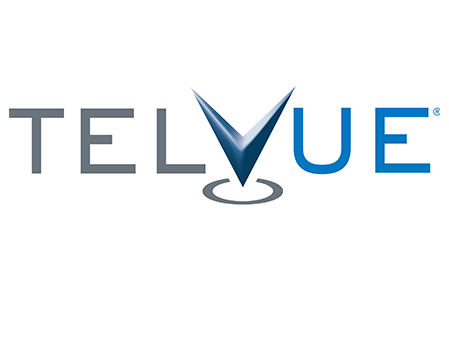Ripon is a small city of 8,000 located about twenty miles southwest of Oshkosh in the eastern part of the state. It is best known as the birthplace of the Republican Party at the Little White Schoolhouse in 1854 and as the site of Ripon College, a well-respected private college founded in 1851. It is also home to the Ripon Channel, a local public, education, and government (PEG) access channel that epitomizes what community media does best: fosters collaborations, opens local government decision making, provides job training opportunities, and builds community identity and pride.
In 2001, Riley Icenogle happened to see an ad in the Ripon Commonwealth Press for a part-time manager of the local PEG cable access channel. He had moved to Ripon with his family for a new job not long before. Icenogle was interested in taking on a second job for a little extra money. As a musician with a background in technology, the position held strong appeal.
Looking back on his more than twenty years with the station, Icenogle said, “I’ve never felt like leaving. I liked the job from the very beginning, and I still do.” While the station’s coverage of sports and music garners a lot of attention, Icenogle is most motivated by the coverage of government. “It’s important that we help provide a level of government transparency to residents. The city knows that it’s not legally required to provide video coverage of meetings. All we really have to do is put up a meeting notice and take minutes. But ever since the city was given the opportunity to offer video coverage, it has done it.” And even though Icenogle decided to retire from his full-time job a couple of years ago, he has not given any thought to retiring from the Ripon Channel.
Local government support
The Ripon Channel is overseen by the Ripon Community Media Advisory Committee, which meets every other month. The committee is composed of the Ripon Public Library director, Desiree Bongers; a Ripon College representative, Maddie Koster; a Ripon Common Council member, Jolene Schatzinger; a Ripon Area School District representative, IT Director Travis Liptow; and at-large committee Chair, Jason Mansmith. Another at-large seat is currently vacant. The committee is an important sounding board providing operational guidance and oversight.
Beneficial collaborations with the local press, business, college, and school district are made possible by a city government that has always been actively supportive. “We have been lucky to have had very helpful city administrators,” said Icenogle. During his tenure, Icenogle has worked with three city administrators: Steve Barg, Lori Rich, and now Adam Sonntag, who took over in 2021. “Besides being supportive Adam is also very forward-looking,” noted Icenogle.
For years, the City of Ripon always dedicated the entire cable franchise fee [called a video service provider fee in state law] to the Ripon Channel, but a budget shortfall twelve years ago necessitated cuts across the board. Since then, the station has been receiving three-quarters of the fee. This is enough to support three part-time staffers and equipment upgrades now and then, but not enough to hire someone on full-time.
Two cable channels and one YouTube channel
Two PEG channels are provided by Charter Spectrum. Both carry the city’s programming in standard definition even though all programs are produced in high-quality HD. A Castus server purchased two years ago handles the station’s program storage and scheduling. The program signal is output to a Black Magic Converter Box that converts the HD-SDI (serial digital interface) signal to an analog composite signal that is then sent over fiber to Charter Spectrum. Icenogle reports that reliability has generally been good, although at the time of this interview, he was dealing with “terrible” audio issues on one of the channels.
While government coverage is the single most important thing the Ripon Channel does, its most popular is sports coverage. Icenogle said, “Having a YouTube channel has enabled us for the first time to see viewership statistics and I can tell you that sports generate the biggest audiences.” That said, Icenogle can also tell when a big issue comes before a council or committee meeting. “Viewership can rocket,” said Icenogle. Recently one board saw its numbers go from the 40’s to more than 400 views.
The Ripon Channel covers a wide range of government meetings, including the Ripon Common Council (twice a month), the Ripon Area Fire District Board (a multi-jurisdictional body), the Historic Preservation Commission, the Plan Commission, the Library Board, the Police Commission, the Board of Zoning Appeals, the Park and Recreation Committee, and the Board of Education. Permanent production equipment is set up in a city hall studio that controls two city hall meeting rooms. Four PTZ cameras cover the action in the main meeting room and a pair of Sony BRC 300 series cameras with SDI cards are operated remotely with an RM-BR300 controller in a smaller board room. Meetings are played on the Government Channel, channel 986, and people can also watch the meetings on its “Ripon Channel” YouTube channel. Ripon Channel also collaborates with the League of Women Voters of the Ripon Area for candidate forums and informational programs.
The city’s second channel, channel 987, is called the Ripon Sports Channel. “Sports coverage has high entertainment value. People love cheering on our hometown teams,” said Icenogle. “It doesn’t matter if they’re good or bad.” The station covers high school football and basketball, wrestling, volleyball, and soccer as well as college sports.
Remote multi-camera coverage
The Ripon Channel can cover events anywhere with its four-camera remote production system that uses a Black Magic Design Studio and a recently upgraded audio set-up. This capability has allowed the station to cover special events anywhere, including local venues like the Thrasher Opera House and The Heist. “During the pandemic when everything was shuttered, we took our multiple-camera production system to these venues and did livestreams of concerts. It was really gratifying to bring live music to people when they couldn’t leave their homes.”
The remote equipment also enables the Ripon Channel to showcase Ripon College activities, particularly sports. “Our coverage has helped maintain a friendly relationship between the town and the school, and I know they are happy we are here to help,” said Icenogle. For football and basketball games, the Ripon Channel provides the production crew and remote broadcast equipment, and college students serve as the announcers. All games are livestreamed and later replayed on the Ripon Channel’s sports channel and the YouTube “Ripon Channel.”
Since it upgraded its performance hall, Ripon College has been recording its own music concerts, including the symphony as well as the jazz and symphonic wind ensembles, but it turns to the Ripon Channel to edit the performances for play on cable and YouTube. The Ripon Channel continues to cover other college events, such as those organized by Ripon College’s Center for Politics and the People, which spotlights high-profile social, cultural, and political issues.
The Ripon Channel covers music performances for the public schools, too. You’ll see production teams at the high school covering both high school and middle school concerts and at Murray Park Elementary, which includes several concerts every year.
Collaborations with local commercial media
The Ripon Channel collaborates with local commercial media to enhance coverage of local events and to make a little money and raise its profile. An arrangement with the local weekly newspaper, the Ripon Commonwealth Press, allows the newspaper to use stills from the channel’s videos as long as it credits the Ripon Channel. A live sports collaboration with the local radio station, Hometown Broadcasting on WRPN-AM, gives the radio station permission to air the audio of live high school game coverage and in return the Ripon Channel receives part of the ad revenue the radio station generates from game coverage. Icenogle noted, “The extra money helps.”
Providing professional development opportunities
Icenogle generally works twenty hours a week. He likes having two people on staff to meet the demands of the production schedule. “The work is a great challenge and a good opportunity if you’re interested in media production. I have had the good fortune to have had a string of good people here,” said Icenogle. When he started, Dan Golz was an assistant at the station, and he went on to independently create The Weekend Sportsman that was aired on television broadcast affiliates. Golz also created, produced, wrote, edited, and distributed Larry Smith Outdoors, a popular fishing show. Another part-timer, Kenton Barber, was “great,” according to Icenogle. He started working at the Ripon Channel when he was in 8th grade and has gone on to become an independent steadicam operator in the sports field, covering the NFL, Big Ten football, major airshows, NASCAR, the Tokyo Olympics, and winning an Emmy for the 2022 Super Bowl Pregame show. David Bennett started out as an intern and was later hired directly. “David was very reliable and a tremendous help. I couldn’t have asked for a better colleague,” said Icenogle. Now he is the Communications and Multimedia Coordinator for the City of Columbus. Another intern, Amanda Finn, went on to become a theater and lifestyle editor in Chicago. Until last spring, Icenogle had been working with “two good guys with a lot of aptitude for video.” Both responded to ads Icenogle posted and both left to take on new challenges in the field. Chris Jones is now doing independent videos and Cole Grygny is a sound technician for bands.
When Jones and Grygny left, Icenogle was on his own for several months until Patrick Cronin, a local resident, came on the scene. Cronin then got his son, James, a junior in high school, interested in joining him. The trio now handles all the production work for the media center.
Contributing to a sense of community
Icenogle noted that when the production team goes to high school away games, they attract a lot of notice. “When we were setting up in Port Washington for a football game, a guy came up to us and was amazed we had so much production equipment. He had no idea cities covered high school sports like this. When they find out what we do, they are surprised that we have such an active channel.”
“I think what we do has a positive effect on our community,” said Icenogle. It brings us together. I’m also proud of all the people who have come through the station and have gone on to bigger and better jobs in the media industry. After all, it’s all about the people, isn’t it?”

